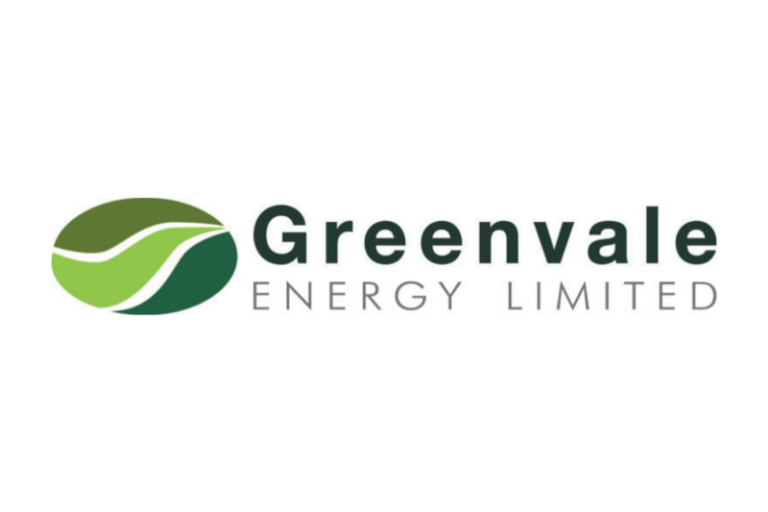- Sex toys have been thrown onto the court during multiple WNBA games, leading to arrests and investigations.
- While some incidents appear to be pranks, concerns about misogyny and targeted harassment of players are rising.
- Players and coaches have expressed anger and frustration, calling the incidents disrespectful and immature.
Nobody knows when the next sex toy might come flying onto the court.
This is the lingering problem with the who-done-it the WNBA never wanted to have to solve but must for the sake of the the players. It’s a NSFW case with plenty of fallout for a league that is already dealing with CBA negotiations and possible shutdown alongside its growing popularity. What initially inspired mostly jokes and laughter has turned into claims of misogyny, conspiracy theories, multiple law enforcement investigations and, of course, sex toys being thrown onto or toward the court at as many as five WNBA games over the past 10 days.
There’s intrigue and confusion about the motives and what’s actually happening here. The unfortunate trend is generating a wide range of reaction from players and fans alike. Though there have already been two arrests made in the matter, it’s still unclear whether this is simply a viral prank popularized by social media or a more coordinated effort meant to target the WNBA and its players.
Here’s a breakdown of what to know about the WNBA’s escalating sex toy problem, including some potential answers to help sift through this mystery the league and its players want to end:
Why are sex toys being thrown on the court at WNBA games?
Cryptocurrency meme coin creators say they are responsible for the sex toys being thrown at multiple WNBA games, and they are planning more ‘pranks.’
A group of crypto enthusiasts and traders launched Green Dildo Coin (DILDO), a meme coin intended to be lighthearted and perceived as a joke, in late July to protest what they describe as a ‘toxic’ environment in the crypto world. According to the group’s spokesman, who spoke exclusively to USA TODAY Sports, many smaller players in the space are struggling to keep up with the influx of influencers and scammers.
‘We didn’t do this because like we dislike women’s sports or, like, some of the narratives that are trending right now are ridiculous,’ he said. ‘Creating disruption at games is like, it happens in every single sport, right? We’ve seen it in the NFL, we’ve seen it in hockey, you know . . . fans doing random things to more or less create attention.’
There have been two arrests made related to these incidents, but the crypto spokesman said those people were not associated with the group. Delbert Carver, 23, was arrested after throwing an object at a July 29 WNBA game in Atlanta and charged with disorderly conduct, public indecency/indecent exposure and criminal trespass. Carver told police, ‘This was supposed to be a joke, and this joke (was) supposed to go viral,’ according to the arrest affidavit.
Kaden Lopez, the 18-year-old arrested this week after throwing a sex toy that hit a man watching the game with his 9-year-old niece in the crowd at a Phoenix Mercury game on Aug. 5, had a similar explanation. He called it a ‘stupid prank that was trending on social media.’ He bought the sex toy the day before to take it to the game, according to court documents.
How many WNBA games have had sex toy incidents this season?
As of Aug. 7, there have been reports of a sex toy thrown in as many as six games since the initial incident occurred on July 29 during the fourth quarter of the Atlanta Dream’s 77-75 home loss to the Golden State Valkyries. A fan threw a green sex toy onto the court and caused a stoppage in play. An official kicked the sex toy off the court before it was removed by a police officer.
The second incident occurred at the Valkyries’ game against the Chicago Sky on Aug. 1 at Wintrust Arena in Chicago. A similar sex toy was thrown near the baseline during the third quarter and forced officials to briefly stop play. There were then multiple confirmed incidents involving a similar sex toy being thrown at WNBA games on the same day including onto the cordoned off court after the game in Atlanta involving the Dream and Mystics.
A green sex toy was thrown on the court seemingly in the direction of guard Sophie Cunningham in the Indiana Fever’s road game against the Los Angeles Sparks on Tuesday, Aug. 5. Sparks star Kelsey Plum kicked the object off the playing surface. There was another fan caught on a social media video (and subsequently arrested) for throwing a green sex toy at the Phoenix Mercury’s home game against the Connecticut Sun on Aug. 5. There was also a social media video that went viral of a green sex toy that had landed in the crowd at the New York Liberty’s game against the Dallas Wings on Aug. 5.
Are WNBA players being targeted?
Maybe. It certainly can’t be ruled out at this point.
The most recent incident involving Cunningham could offer some proof. She had recently warned fans on social media to not throw the NSFW item because ‘you’re going to hurt one of us.’ Days later, it appeared to be thrown toward her during the Fever-Sparks game on Aug. 5.
What are WNBA players, coaches saying?
At first, some players laughed if off. Now, they’re not happy. Here’s a sampling of comments about the situation:
- Chicago Sky center Elizabeth Williams after the Aug. 1 incident: ‘It’s super disrespectful. I don’t really get the point of it. It’s really immature. Whoever is doing it needs to grow up.’
- Los Angeles Sparks coach Lynee Roberts after Aug. 5 incident: ‘It’s ridiculous. It’s dumb. It’s stupid. It’s also dangerous, and you know, player safety is No. 1, respecting the game, all those things.’
- ‘I think you just have to continuously prioritize the players, because it’s obviously safety, but also just so immature to me, like, I just hate that that’s being attached to our brand and our name,’ New York Liberty player Isabelle Harrison told The New York Post. ‘This is like, let’s be professional here. I get the jokes, and things can be funny, but it just gets to a point. So like, I’m just really over it, and I know other players are over it.’
- ‘I would have picked that thing up and thrown it right back at them,’ former Phoenix Mercury star Diana Taurasi told Front Office Sports.
Is the throwing of sex toys at WNBA games misogyny?
It sure seems that way based on the available evidence (and a calculated and blatant example of misogyny, too).
But don’t only take our word for it. Cosmopolitan and Glamour have both already weighed in on the case. Their verdict: misogyny.
Cosmopolitan: ‘There are people paying good money to attend a professional basketball game just to throw a (sex toy) at the players’ feet. Why? To send a message; to tell women that they don’t belong on the court and that their athleticism isn’t as valuable as their sexuality. This is misogyny, plain and simple. … They don’t care about what women deserve or how disgusting and violating their actions are. It’s time for NBA players to stand in solidarity with their female counterparts and call this behavior what it is: unacceptable, sexist, and detrimental to the entire sport.’
Glamour: ‘The message behind a sex toy in particular is pretty unambiguous. The intent is to sexualize and demean the women players because they are women. And that is nothing new at all. If I had a nickel for every time a sex toy was thrown on the court at a WNBA game, I would have just three nickels. But if I had a nickel for every time a powerful female athlete was subjected to some kind of misogynistic backlash, I’d have enough money to fund my own women’s basketball league.’
What is the WNBA saying?
The WNBA issued a statement on Aug. 4 after Carver’s arrest related the July 29 sex toy incident in Atlanta.
‘The safety and well-being of everyone in our arenas is a top priority for our league. Objects of any kind thrown onto the court or in the seating area can pose a safety risk for players, game officials, and fans,’ the WNBA said in a statement. ‘In line with WNBA Arena Security Standards, any fan who intentionally throws an object onto the court will be immediately ejected and face a minimum one-year ban in addition to being subject to arrest and prosecution by local authorities.’










